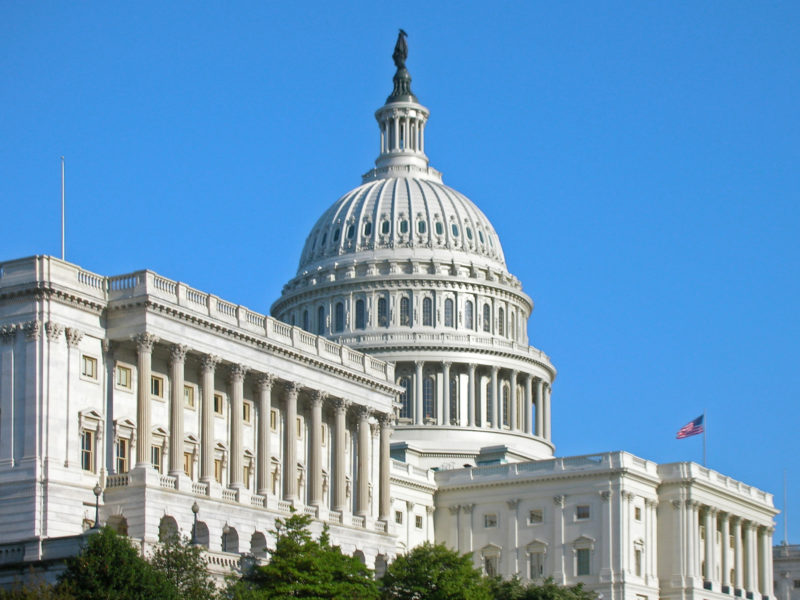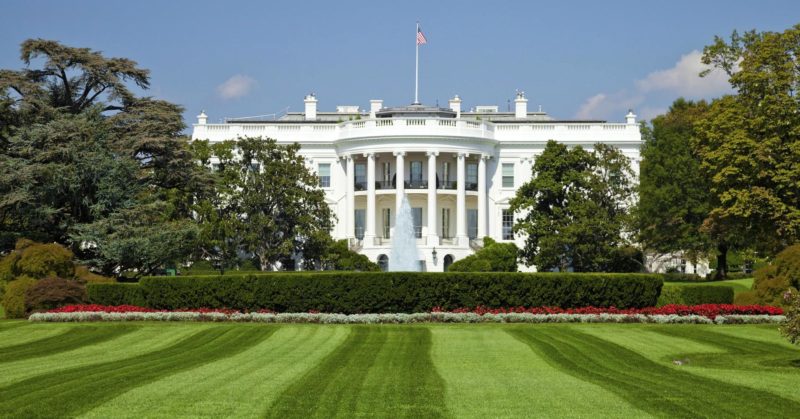
WHEN YOU REACH RETIREMENT OR CLOSE TO RETIREMENT, you expect to reap the rewards for decades of hard work and diligent saving so you can live happily ever after.
Well, as many Americans are finding out, it’s not always a fairy-tale ending. Even a big pile of money does not guarantee a secure retirement. In fact, one of the biggest concerns people have about retirement is that they won’t have the income to sustain their current lifestyle or, even worse, that they could run out of money altogether.
These concerns can often lead to a less enjoyable retirement because people are afraid they might spend too much of their savings in the early years and not have enough later when their health is declining and inflation has driven up healthcare costs.
The good news is that there is a way to improve your chances of achieving a more secure and satisfying retirement through retirement income planning. Studies show that people who have a protected lifetime income stream are generally more secure financially than those who don’t. Additionally, people with protected lifetime income have a higher level of satisfaction in retirement, which is a key factor in enjoying your retirement years.
A 2018 GUARANTEED LIFETIME INCOME STUDY conducted by Greenwald & Associates and CANNEX gathered information from 1,003 individuals between the ages of 55 and 75 and whose household assets were at least $100,000. Respondents said the greatest benefits of having a protected lifetime income are protection against longevity risk, peace of mind, and being better able to budget – all of which can make for a less stressful and happier overall retirement.
The study also found that the perceived value of protected lifetime income continues to grow. More respondents now considered protected income “a highly-valuable addition to Social Security” compared to one year earlier. Of these individuals, nearly three-quarters said protected lifetime income is “extremely important” to their financial security.
While both Social Security and pensions can provide this kind of income stream, they don’t always cover your retirement income needs. You may also be one of the many Americans who doesn’t receive a pension. In that case, putting money into an annuity can supplement your protected lifetime income, helping you maintain your lifestyle for life
The study found that concerns about long-term health care, losing money in a market downturn, and fear of outliving retirement savings were among the factors that respondents said increased their interest in protected lifetime income.
Higher satisfaction scores for those with protected lifetime income
Between 1998 and 2010, the University of Michigan conducted the Health and Retirement Study, which gathered data from approximately 26,000 Americans over the age of 50 on an array of retirement issues, such as wealth, income, job security, health, and cognition.
The results revealed that satisfaction scores for all of these retirement issues were significantly higher for people who had more than 30% of their assets invested in protected lifetime income products. For example, when it comes to nursing home expenses, individuals with at least 30% of their retirement portfolio made up of protected lifetime income products were more confident that they’d be able to afford it.
While the study did not indicate a “magic number,” it did find that when people have more protected lifetime income, their overall satisfaction levels rose accordingly. And even though retirement satisfaction has been declining over time, satisfaction rates remain higher for people with a guaranteed monthly income stream, according to the study.
There’s no question that financial uncertainty can impact your happiness in retirement. That is why protected lifetime income products as a portion of your retirement portfolio can help ease a lot of that worry. So you should schedule a retirement review with a our Federal Retirement Consultants, and see how an annuity could help protect your retirement income and pave the road to a less stressful and happier lifestyle. Visit our contact us page today or call us at (877) 733-3877 to schedule your review.










